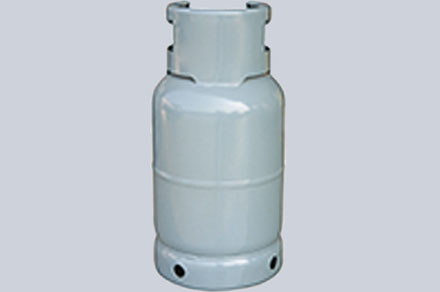Aug. 22, 2023
Packaging & Printing
Liquid Petroleum Gas (LPG) has become an integral part of modern households and industries, providing a clean and efficient source of energy. However, the storage and distribution of LPG come with inherent risks, making regulations and safety standards a paramount concern. In this comprehensive guide, we delve into the realm of LPG cylinder regulations, shedding light on the crucial compliance measures and safety standards that ensure the secure use of this versatile fuel source.

The handling and utilization of LPG involve complex processes that demand strict adherence to regulations. These regulations are put in place to safeguard human lives, protect the environment, and prevent accidents. Compliance with LPG cylinder regulations is not just a legal obligation; it's a moral responsibility that ensures the well-being of consumers and communities at large.
LPG cylinders are subject to rigorous design and construction standards to ensure their durability and integrity. These standards encompass the choice of materials, welding techniques, and safety features, all of which contribute to the cylinder's ability to withstand pressure and impact.
Regulations dictate the safe storage and handling of LPG gas cylinders at various stages, from distribution to end use. This includes proper storage distances, ventilation requirements, and guidelines for transporting cylinders to prevent leaks or accidents.
When installing LPG cylinders for domestic or industrial use, adherence to regulations is essential. Regulations cover proper installation procedures, including secure connections, leak detection mechanisms, and adequate ventilation to minimize the risk of gas leaks or combustion.
LPG cylinders must undergo periodic inspections and maintenance to ensure their continued safety. These inspections involve thorough examinations of the cylinder's condition, valve integrity, and other critical components. Cylinders that show signs of wear or damage are promptly removed from circulation to prevent potential hazards.
LPG cylinders are equipped with valves that feature protective mechanisms to prevent accidental leaks. These mechanisms include pressure relief valves that release excess pressure and excess flow valves that shut off the gas flow in case of sudden surges.
Pressure regulators play a crucial role in maintaining a safe and consistent gas flow from the cylinder. Properly functioning regulators prevent pressure buildup that could lead to cylinder rupture or leaks.
In the event of a leak or other emergency, shut-off systems allow users to quickly and effectively cut off the gas supply from the cylinder. These systems provide an essential layer of protection in case of unforeseen circumstances.
As technology advances and safety standards evolve, LPG cylinder regulations continue to adapt to new challenges and insights. Efforts are being made to integrate smart technologies, such as gas leak detectors and remote monitoring systems, into LPG cylinders to enhance safety measures and prevent potential incidents.
LPG cylinder regulations are not merely a set of rules; they are a cornerstone of safety, responsibility, and accountability. Compliance with these regulations is crucial for safeguarding lives, property, and the environment. By understanding and adhering to the guidelines set forth by regulatory bodies, individuals, businesses, and communities can ensure that LPG remains a reliable and secure energy source for generations to come.
Whether you're a consumer, a distributor, or an industry professional, staying informed about LPG cylinder regulations is a shared responsibility that contributes to a safer and more sustainable future.
Previous: What is metallic paper?
Next: Unveiling the Elegance: Spirit Glass Bottles for Discerning Connoisseurs
If you are interested in sending in a Guest Blogger Submission,welcome to write for us!
All Comments ( 0 )